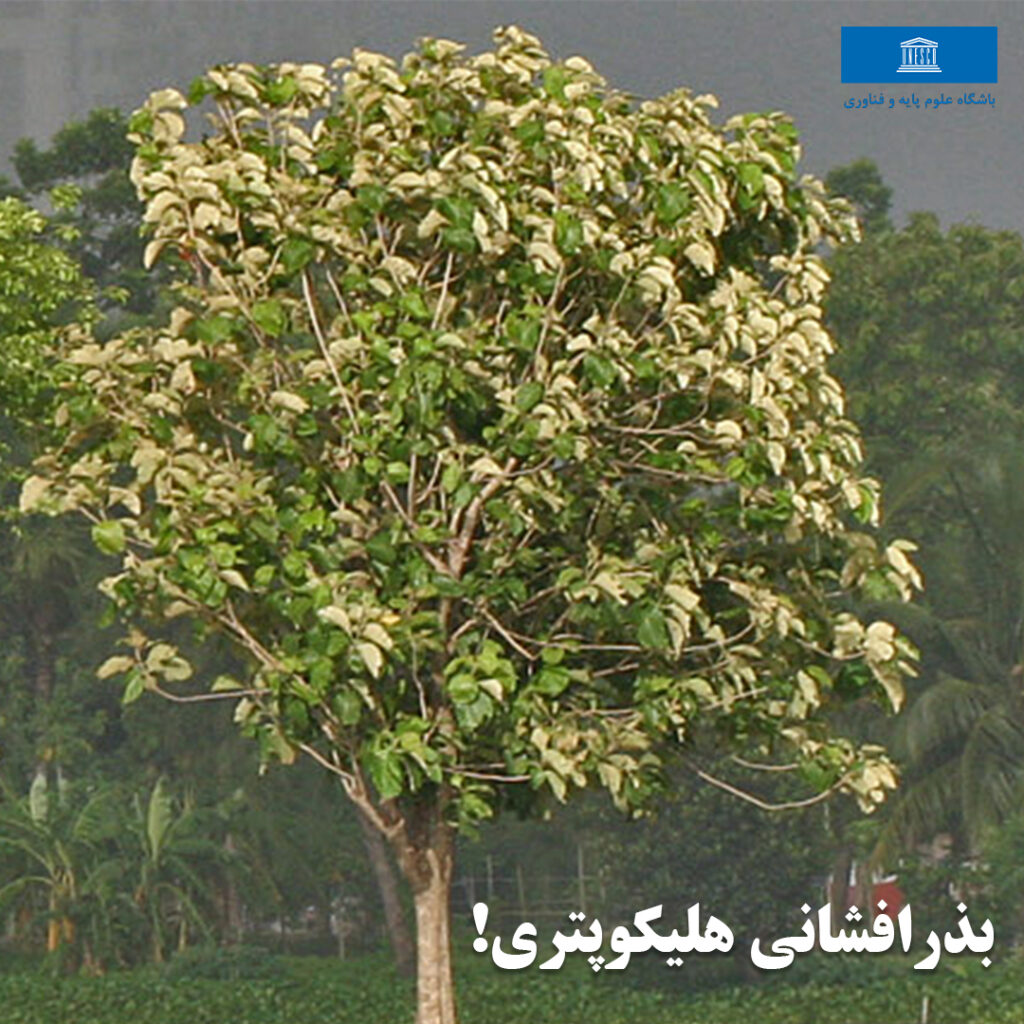In the dense forests of Southeast Asia, the Shorea siamensis tree stands tall, its canopy a testament to the resilience and adaptability of tropical flora. One of the most fascinating aspects of this tree is its seeds—winged structures that defy gravity and glide gracefully to the forest floor. These seeds, often likened to miniature helicopters, play a crucial role in the tree’s reproductive strategy and the forest’s ecological balance.
The Anatomy of a Winged Seed
The seeds of Shorea siamensis are encased in a fruit with a distinctive winged structure. This design is not merely ornamental; it serves a vital purpose. The wings are asymmetrical, allowing the seed to spin as it descends. This spinning motion, known as autorotation, slows the seed’s fall, increasing its time in the air and enhancing the chances of wind dispersal over greater distances.
This adaptation is a result of millions of years of evolution, where nature has fine-tuned the design for optimal seed dispersal. The winged seeds of Shorea siamensis are a prime example of how form and function converge in the natural world.
Ecological Significance
The primary function of these winged seeds is dispersal. By spinning as they fall, the seeds are carried away from the parent tree, reducing competition and increasing the likelihood of germination in a suitable environment. This mechanism is particularly important in dense forests, where competition for resources is fierce.
Moreover, the ability of these seeds to travel long distances ensures genetic diversity within the species. As seeds land in various locations, they give rise to new saplings, contributing to the spread and survival of Shorea siamensis across its native range.
Comparison with Other Species
While many plants produce winged seeds, the design and efficiency vary. For instance, conifers like pines and maples also produce winged seeds, but their structures differ. Research has shown that single-winged seeds are more effective in wind dispersal than double-winged ones. This is because single-winged seeds can achieve autorotation more easily, staying airborne longer and traveling farther.
The seeds of Shorea siamensis share similarities with these conifer seeds, demonstrating that nature often converges on similar solutions to common challenges.
Adaptation to Forest Disturbances
The forests where Shorea siamensis thrives are subject to various disturbances, including logging and natural disasters. The winged seeds of this tree are well-adapted to such conditions. Their ability to disperse over long distances allows them to colonize areas that have been disturbed, ensuring the species’ persistence even in changing environments.
Studies have shown that in disturbed forests, the density of Shorea siamensis trees can influence seed set. In areas with higher disturbance, trees may produce more seeds to compensate for the loss of individuals, highlighting the species’ resilience and adaptive strategies.
Conservation Implications
Understanding the dispersal mechanisms of Shorea siamensis is crucial for conservation efforts. By protecting the habitats where these trees grow, we ensure that the conditions remain favorable for seed dispersal and germination. Additionally, conserving the species contributes to the overall health and biodiversity of tropical forests.
Efforts to conserve Shorea siamensis also involve addressing threats such as illegal logging and habitat destruction. By implementing sustainable forestry practices and enforcing conservation laws, we can help preserve this remarkable species for future generations.
Conclusion
The winged seeds of Shorea siamensis are a testament to nature’s ingenuity. Through millions of years of evolution, these seeds have developed a sophisticated mechanism for dispersal, ensuring the survival and spread of the species. By studying and understanding these adaptations, we gain insights into the complexities of plant reproduction and the delicate balance of forest ecosystems.
For more information on the fascinating world of plant adaptations and conservation efforts, visit the UNESCO Club of Science and Technology.
References
Ghazoul, J., Liston, K. A., & Boyle, T. J. B. (1998). Disturbance-induced density-dependent seed set in Shorea siamensis (Dipterocarpaceae), a tropical forest tree. Journal of Ecology, 86(3), 462-473. https://doi.org/10.1046/j.1365-2745.1998.00270.x
Fauli, R. A., Rabault, J., & Carlson, A. (2018). Wing fold angle determines the terminal descent velocity of double-winged autorotating seeds, fruits, and other diaspores. arXiv. https://arxiv.org/abs/1811.12221
Rabault, J., Fauli, R. A., & Carlson, A. (2019). Curving to fly: Synthetic adaptation unveils optimal flight performance of whirling fruits. arXiv. https://arxiv.org/abs/1902.08038
Malaysia Biodiversity Information System (MyBIS). (n.d.). Shorea siamensis Miq. (Dipterocarpaceae). Retrieved from https://www.mybis.gov.my/art/385
Find Me A Cure. (2021). Shorea siamensis. Retrieved from https://findmeacure.com/2021/03/17/shorea-siamensis/

